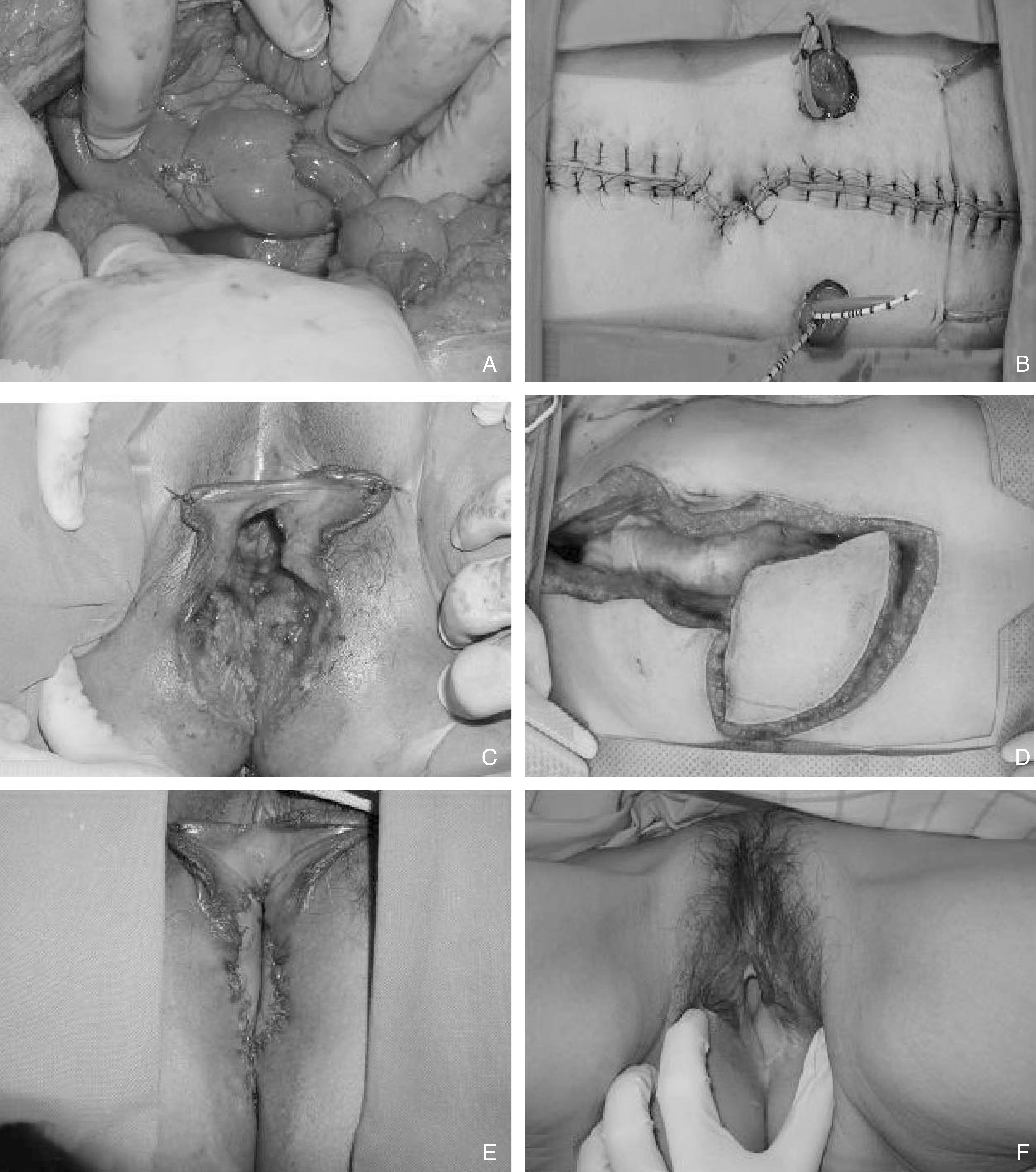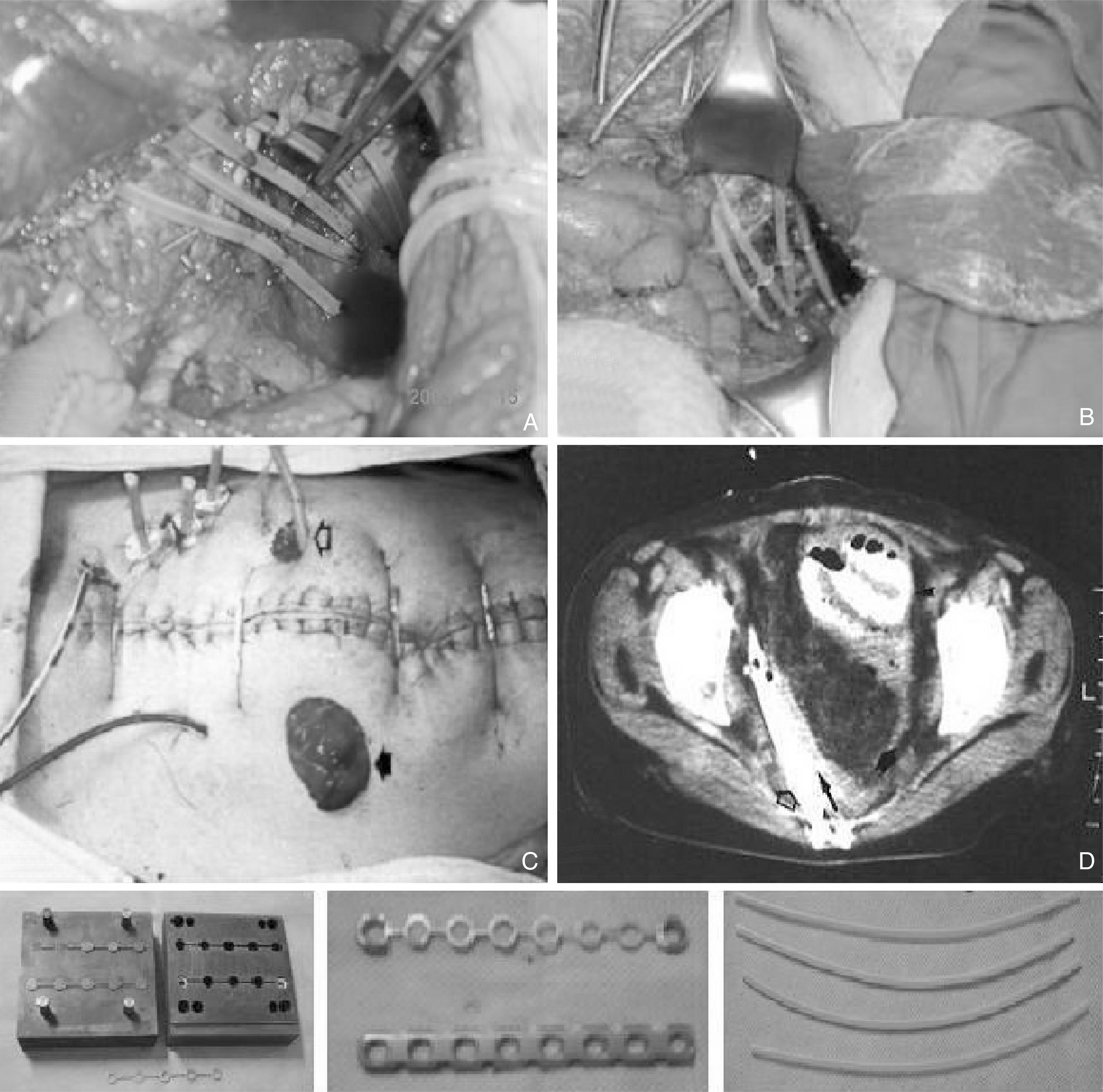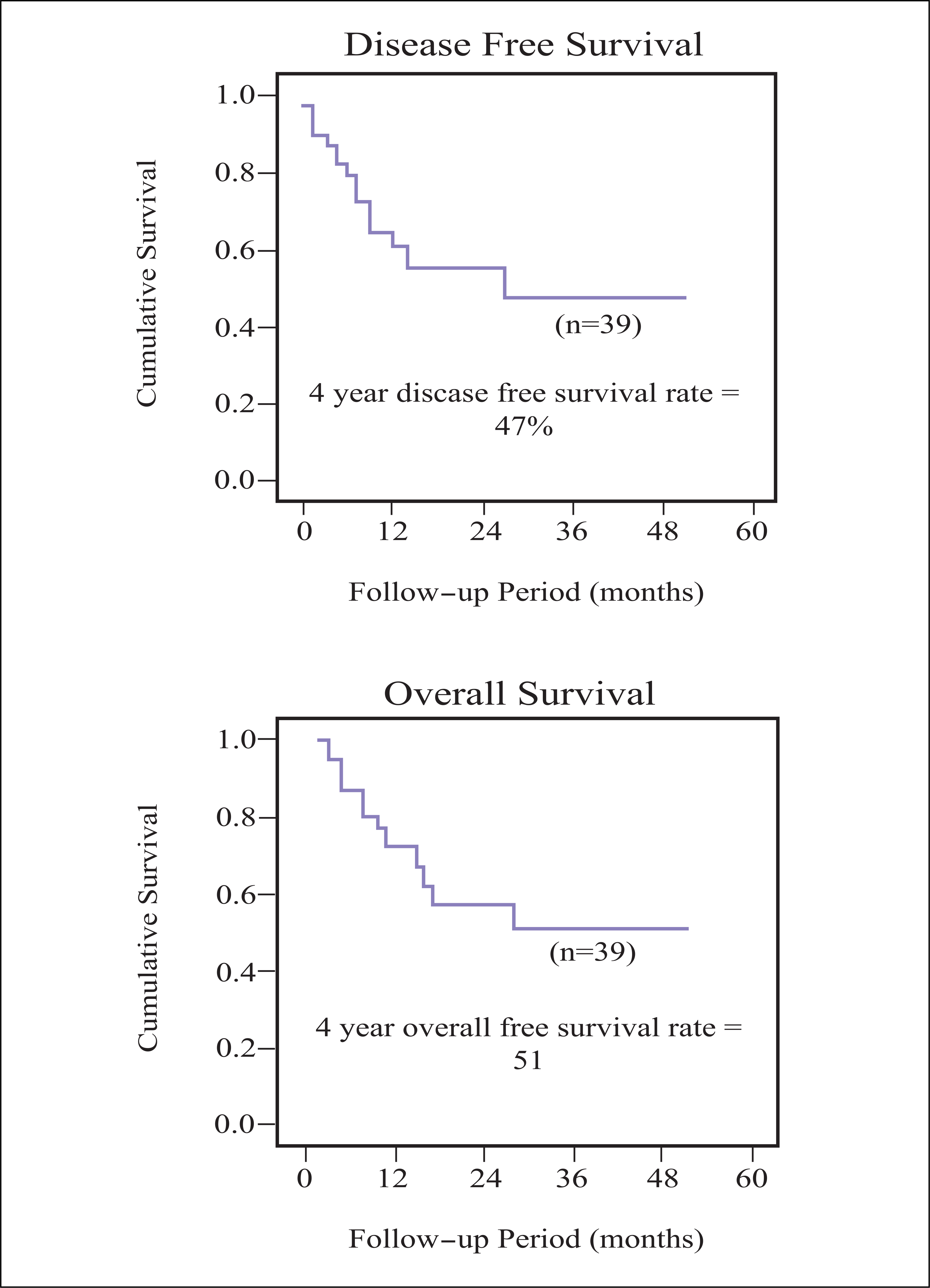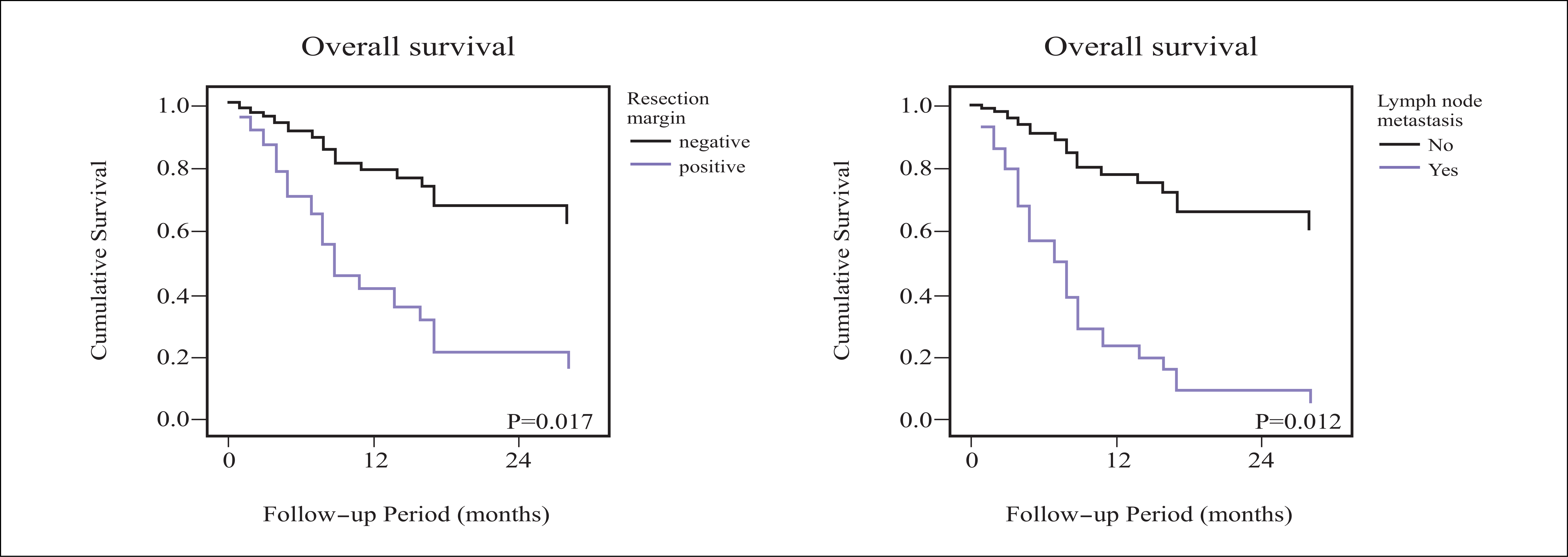Diagnosis and Treatment of Recurrent Cervical Cancer
Article information
Abstract
Abstract
Despite recent advances in the early detection method and treatment modalities (surgery and/or radiation and/or chemotherapy), cervical cancer is still an important malignant disease in women. Almost half a million new cases occur every year in the world. The management of recurrent cervical cancers depends on primary treatment, the extent of disease, and performance status. Patients who received primary surgical treatment without radiotherapy (RT) may undergo curative RT. However, most recurrences occur in patients with advanced-stage disease already treated by primary RT. For patients who failed primary RT or surgery plus adjuvant RT and had central relapse without pelvic sidewall recurrence, pelvic exenteration may be necessary. For patients who had pelvic sidewall recurrences, pelvic exenteration is usually not an option with curative intent. In such situation, combined operative and radiotherapeutic treatment (CORT), and laterally extended endopelvic resection (LEER), intraoperative radiotherapy (IORT) have been executed with some success. Simple or radical hysterectomy can be considered for patients who had small uterine and/or vaginal recurrences, but the high frequency of associated morbidities such as urinary and bowel tract injury or fistula is the problem. Patients with multiple or distant metastases are destined to receive cisplatin-based palliative chemotherapy. Recently there was a GOG 179 study that had firstly shown a statistically significant improvement on the overall response rate, median progression-free survival, and median survival. Until now, however, the role of chemotherapy has been very limited.

Reconstuctive surgery after pelvic exenteration surgery. A) Formation of ileal conduit. B) After total pelvic exenteration. C∼E) Formation of neovagina using vertical rectus abdominus myocutaneous flap. F) Follow-up of neovagina one year later.

Combined operative and radiotherapeutic treatment (CORT) was performed in case of clear but close resection margins to structures or residual disease after laterally extended endopelvic resection (LEER). A) Complete array of transabdominal guide tubes for postoperative brachytherapy fixed to the lesion by the brigde implant and additional sutures. B) Vertical rectus abdominus myocutaneous flap used as pelvic wall plasty for CORT. C) Completion of CORT procedure (open arrow; ileal conduit, closed arrow; colostomy). D) Postoperative computedtomogram. The lowermostthree figures showed a CORT set including fixation bridges and guide tubes.

The median disease free survival was 27 months, and the disease free survival probability at 51 months was 47.1%. The median overall survival time did not reach, and the overall survival probability at 51 months was 51.1%.

Overall survival by the resection margin status (left)(negative margin, n=37 vs. positive margin, n=7) and lymph node metastasis (right)(negative, n=40, vs. positive, n=4) after adjustment for tumor size, bladder wall invasion, status of resection margin, and lymph node metastasis (Cox regression model, P = 0.017 and 0.012, respectively).



